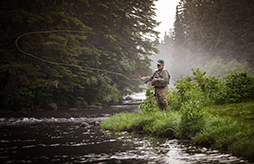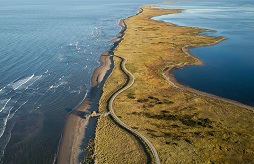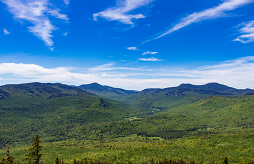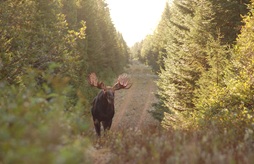.jpg)
Winter Wildlife: meet Marty the pine marten at the Irving Nature Park!
Many animals in our northern climate hibernate or head south during the winter months, but several are year-round citizens! Did you know that the Irving Nature Park is home to some of them?
The American pine marten (Martes americana), a shy weasel-like mammal found in coniferous and mixed-wood forests, now calls the Irving Nature Park home! You may see this elusive animal running above the tree-tops chasing after squirrels and small birds. This particular marten has been nicknamed "Marty" by the Park staff and regulars! The pine marten requires specific forest habitat conditions to survive. Their preferred habitat includes mature and older coniferous and mixed-wood forests that maintain large dead standing trees and coarse woody debris (logs and decaying woody material). These conditions offer shelter, suitable cover from predators, and denning and resting sites for not only marten, but for many other forest wildlife species.

(photo by Nancy Hamilton)
Due to their specificity in habitat conditions, marten are used as an indicator of good forest health. The protected Acadian Forest of the Irving Nature Park provides the necessary habitat conditions for marten to survive and thrive.
To prepare for the winter, the pine marten will grow a beautiful dark brown fur coat with a bright orange throat patch that is thicker than its summer coat. Martens will grow fur around the soles of their feet to help protect them against the cold snow. They also hunt beneath the snow in tunnels created by squirrels!
The Irving Nature Park is a 600-acre site owned and maintained by J.D. Irving Limited with a commitment to help protect an environmentally significant area. This special part of the Fundy coastline is a place where everyone can come and experience the various ecosystems of the southern New Brunswick coastline. It is open year-round to help encourage visitors to experience nature with geological treasures and many other stunning features.
Stay tuned to hear about more local wildlife!
Questions about our Healthy Forest Approach? Read the FAQ.
(1).png?n=7605)



.jpg)







.jpg)





.jpg)





















.jpg)

.png)












